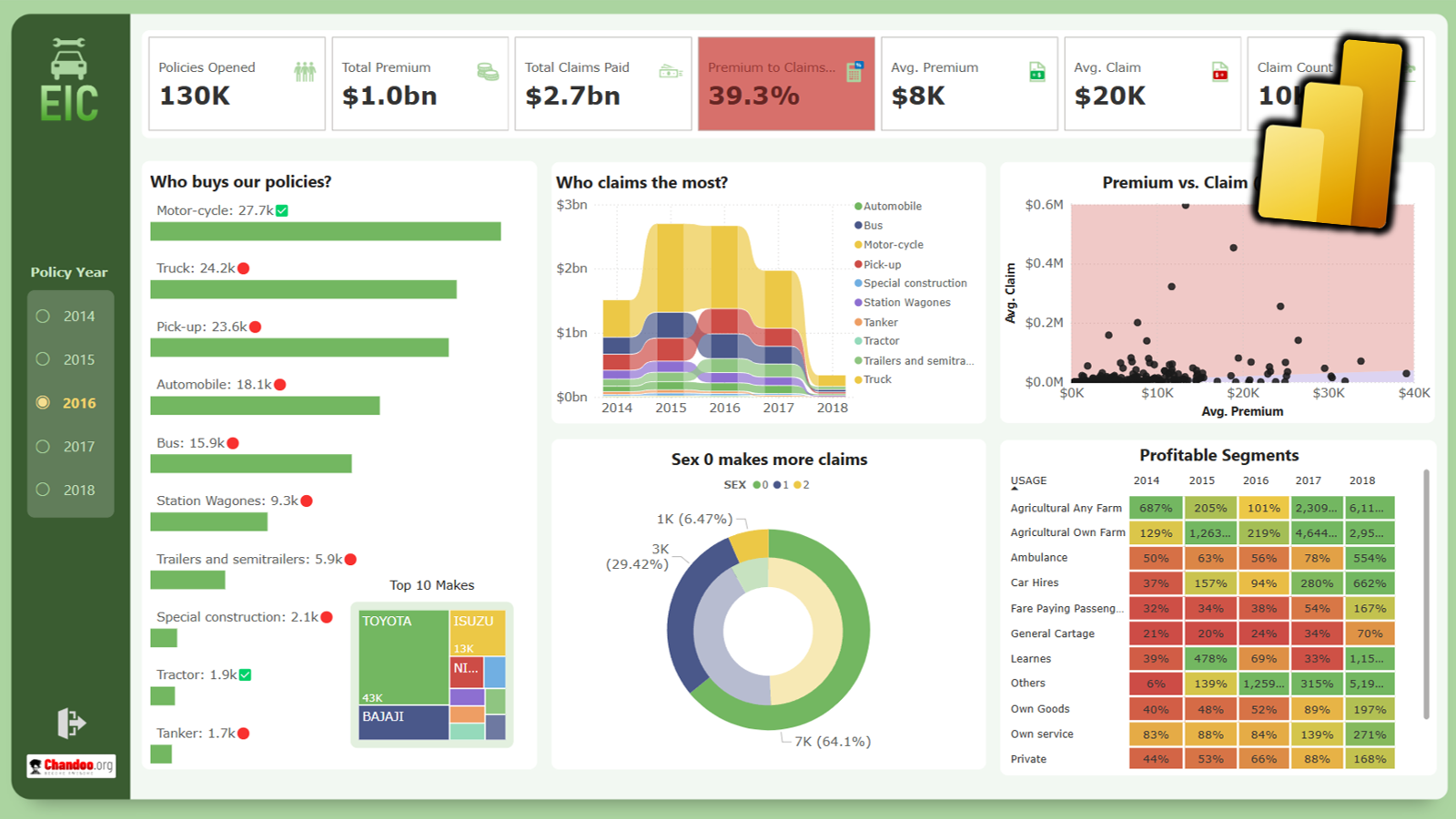As part of a my ongoing consulting gig, I often run painfully long queries on SQL Server to fetch data. This data obviously ends up in Excel for further analysis. Now, some of these queries return NULL values in several columns (did I tell you that the queries have a gazillion left joins on them, oh yeah, they do). Although technically NULL is nothing, when you import this data to Excel, we get the text value NULL in the cells. And I don’t need these NULL values messing up all the calculations and pivots.

Of course, we can go ahead and use the isnull() SQL function to deal with them at the query level. But since the queries have 100s of columns and used by various teams for different purposes, changing them causes a lot of pain. So I did what any sensible Excel user would do. Just kill those NULLs mercilessly once they are in Excel.
How to get rid of all NULLs?
Simple. Find replace. Just press CTRL+H and enter NULL as find value, replace with nothing, check “Match entire cell contents” option and viola. NULLs are gone.
Of course, doing this NULL Kill find replace can quickly get tiring and dull. So I went ahead and wrote a one line macro that does this and stuck this macro on the quick access toolbar. Now, whenever there is some new query data, I just press this button, play swoooosh sound in my mind and smile.
Here is the macro, incase you deal with the same problem everyday.
Sub killNull()
Dim rng As Range
Set rng = ActiveCell.CurrentRegion
rng.Replace "NULL", "", LookAt:=xlWhole
End Sub
Here is instruction on how to add this macro to your personal macros workbook and how to add it to QAT or Ribbon.
Check out more short & sweet macros to save time.
Dirty data distressing daily?
If you deal with dirty data, please share examples of your problems in the comments. I am always looking for new material / ideas to discuss on the blog. Alternatively, if you have a smart way to deal with dirty data, post it in the comments. I am always looking for things to learn.




















6 Responses to “Nest Egg Calculator using Power BI”
Wow! What a Powerful article!
Hello Chandoo Sir
your file does not work with Excel 2016.
how can I try my hands on this powerful nest egg file ?
thanks
Ravi Santwani
@Ravi... this is a Power BI workbook. You need Power BI Desktop to view it. See the below tutorial to understand what Power BI is:
https://chandoo.org/wp/introduction-to-power-bi/
As always, superb article Chandoo... 🙂
Just one minor issue:
While following your steps and replicating this calculator in PowerBI, I found that the Growth Pct Parameters should be set as "Decimal number" not "Whole Number"
OR
we have to make corresponding adjustments in the Forecast formulas (i.e. divide by 100) to get accurate results.
You are right. I used whole number but modified the auto created harvester measure with /100 at end. Sorry I did not mention it in the tutorial.
Instead of
[Growth Pct 1 Value]/12
the monthly rate has to be
(1+[Growth Pct 1 Value])^(1/12)-1
It's a slight difference but in 30 years the future value will be $100k less.